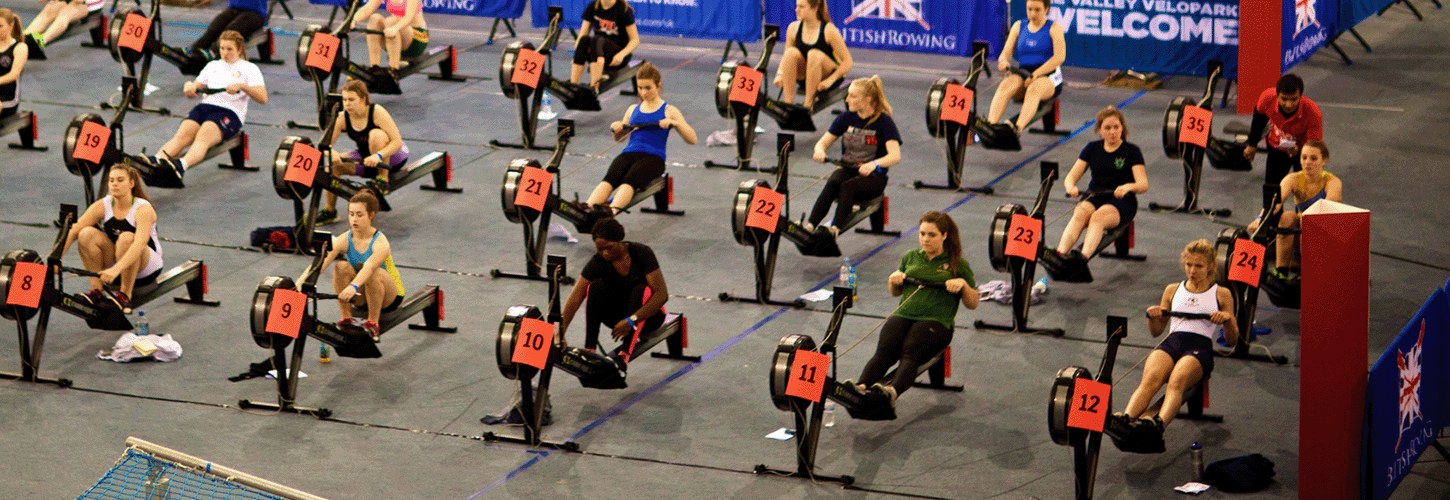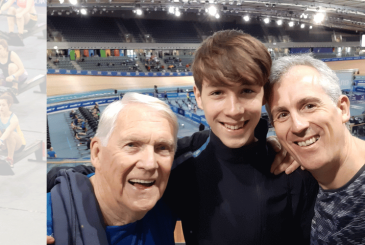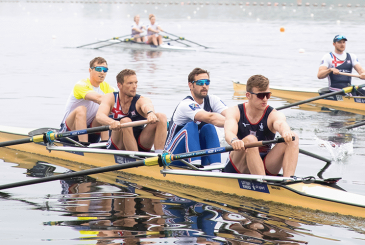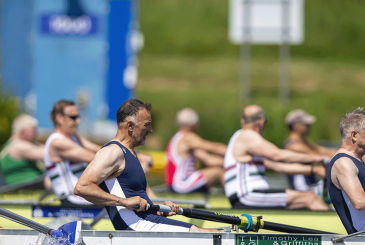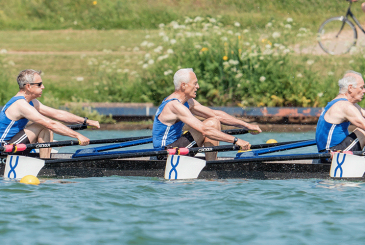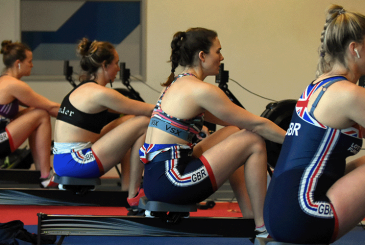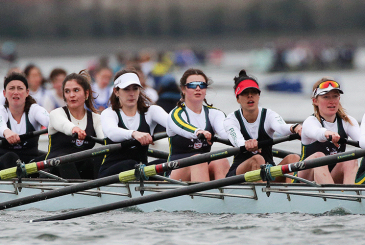A 2k erg test is just you against the clock. So how do you pace your race? Exercise physiologist Dr Mark Homer, gives his advice.
Your 2k test result depends on several factors. The most influential of these is the training completed in the weeks leading up to the test. However, how you pace a time trial can often make a significant difference to your result.
On-water vs indoor 2k pacing
The topic of pacing a high intensity sports performance has been approached from physiological, psychological viewpoints and a combination of the two. Studies that focus on rowing performance tend to investigate on-water strategies during international regattas (Muehlbauer and Melges 2011) or the differing contributions of athletes within a crew during a race (Renfree et al 2012). While interesting, on-water pacing should be different to that of indoor rowing.
The variables that dictate pacing during multi-lane competition are multi-factorial. Much effort is required to overcome the drag resistance of a boat sitting in water and achieve racing speed. There is also an advantage to being at – or near – the front early in order to see the race from a backward facing position.
In a comparison of on-water and ergometer pacing strategies, Garland (2005) supported this notion by demonstrating that elite male and female rowers rowed the first 500m at 103.3% of the race’s average speed. They followed this with 99.0%, 98.3% and 99.7% in boats, and 101.5%, 99.8%, 99% and 99.7% on ergometers.
The author suggests that a reason for the similar pattern on the rowing machine could that rowers are conditioned to race a similar strategy to their water performance.
The graph below describes the 2km pacing strategies for the winners of some men’s age category races at the 2015 British Rowing Indoor Championships. These athletes still favour a fast start and finish. The obvious exception is the fastest ergo recorded that day, by the (then future) Olympic champion, Moe Sbihi. He favoured a steadier start with increasing speed – particularly in the final 500m. His score of 5:41.8 smashed the longstanding British record of 5:47.9 set by Sir Matthew Pinsent 11 years earlier.
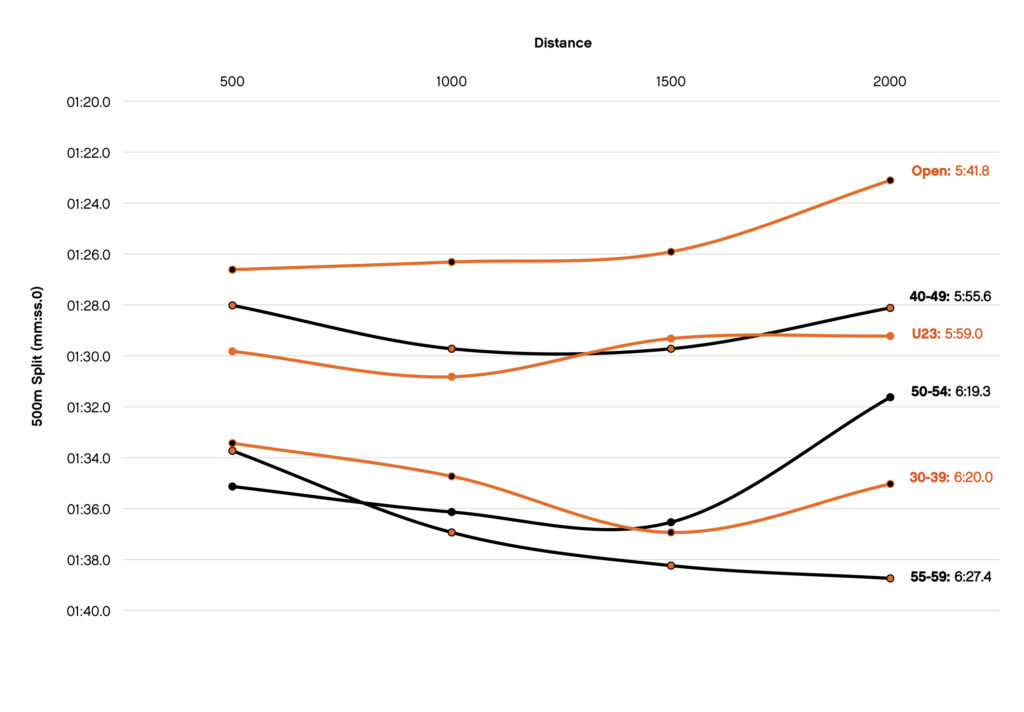
The ideal pacing strategy for racing 2000m on the rowing machine will be largely based on the physiological strengths/weaknesses of an athlete. My experience tells me that although there are common themes in elite rowers’ physical profiles, there are also subtle differences that can result in alternative routes to similar performance times.
Garland (2005) makes the point that an unrealistically fast start can lead to increased metabolic acidosis. This will have a negative effect on aerobic energy production during the dominant endurance portion of the race. This could lead to early fatigue and a deterioration in technique.
Therefore, some practical advice is to work out which tactics work best for you. This could include taking advantage of the tactical freedom afforded by a rowing machine and being realistic in the first 500m to preserve your influential mid-race pace so that there is something left for the inevitable sprint finish.
References
1 – Muehlbauer, T, Melges, T (2011) Pacing patterns in competitive rowing adopted in different race categories. Journal of Strength and Conditioning Research, 25(5), 1293-1298.
2 – Renfree, A, Martin, L, Richards, A, St Clair Gibson, A (2012) All for one and one for all! Disparity between overall crew’s and individual rowers’ pacing strategies during rowing. International Journal of Sports Physiology and Performance, 7, 298-300.
3 – Garland, S W (2005) An analysis of the pacing strategy adopted by elite competitors in 2000m rowing. British Journal of Sports Medicine, 39, 39-42.
This article was originally published in Rowing and Regatta magazine in November 2017.
Photo: Naomi Baker.


